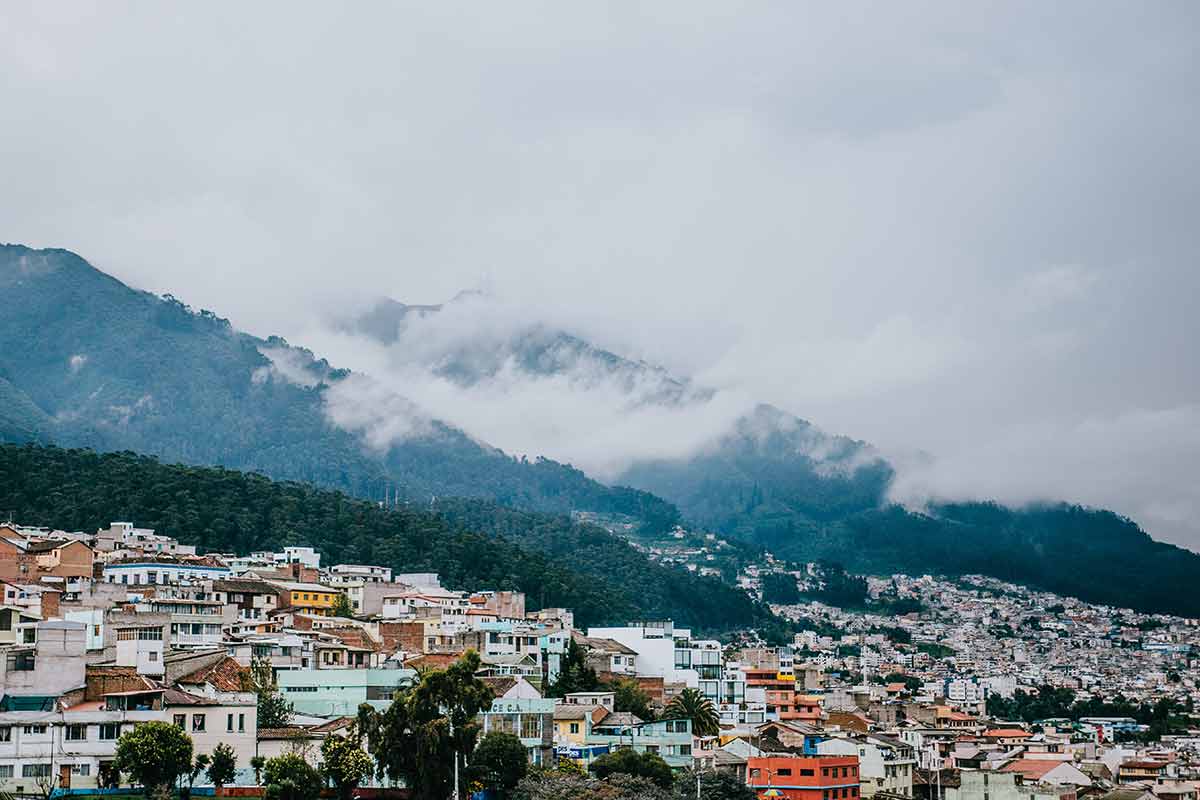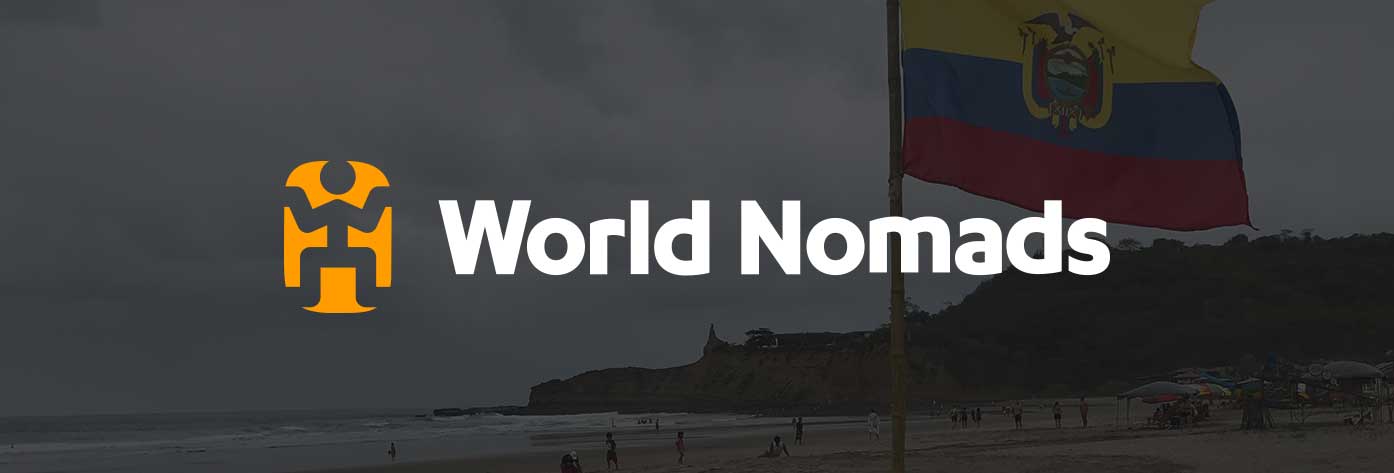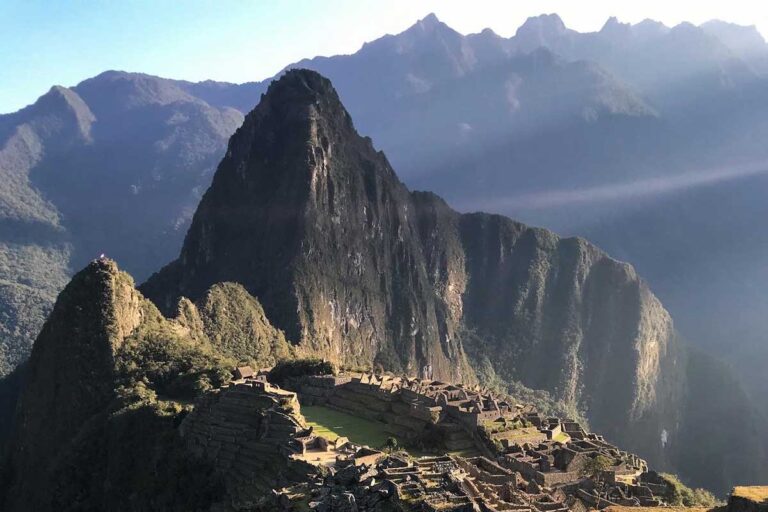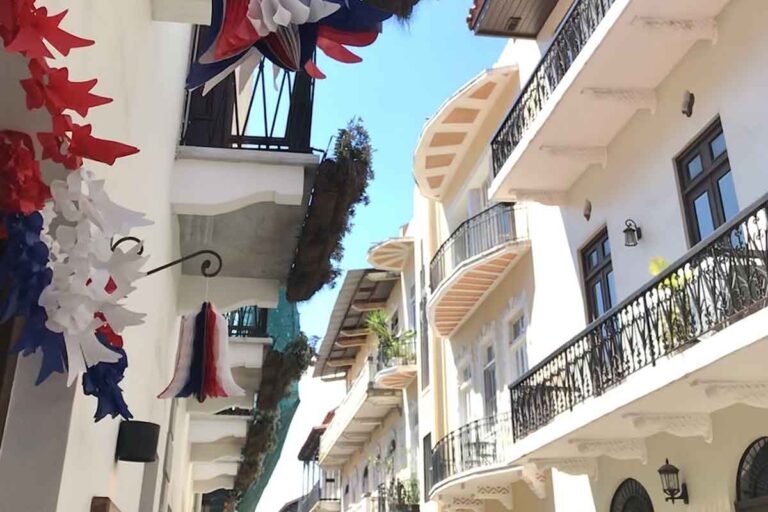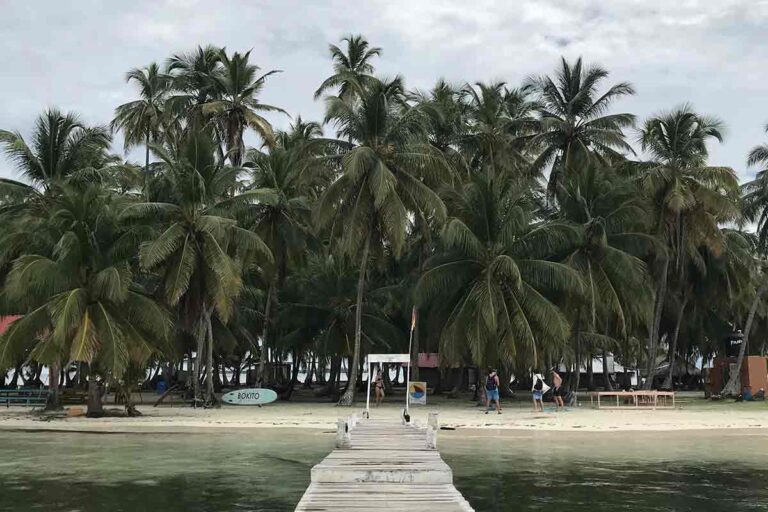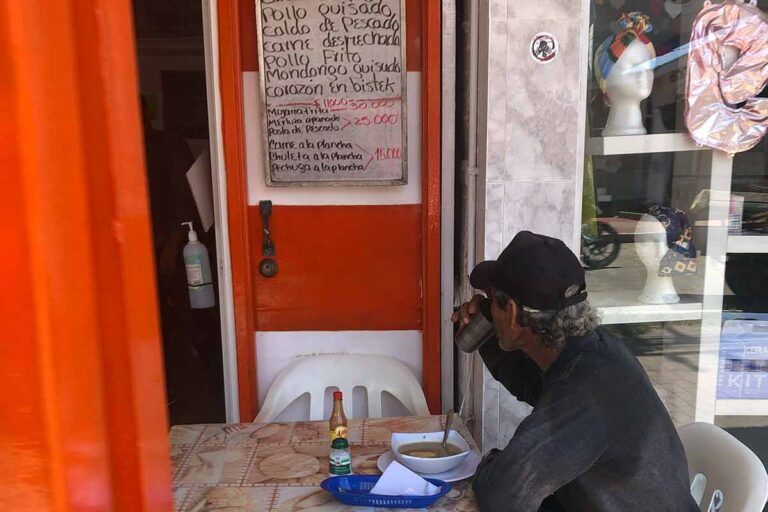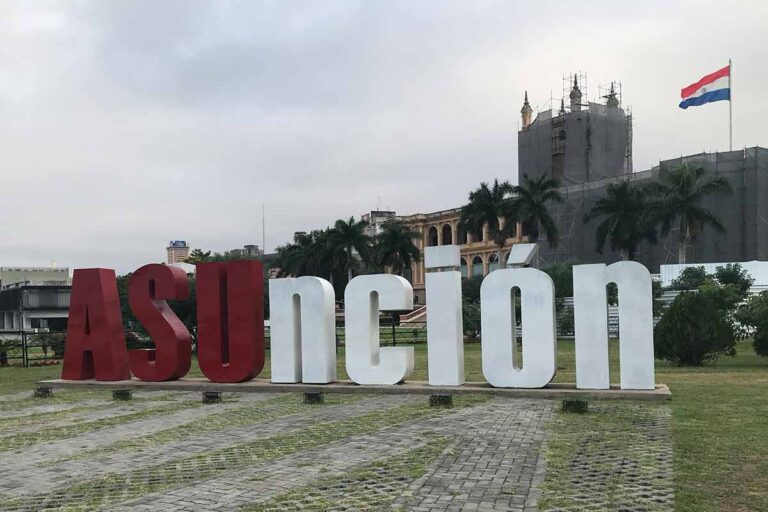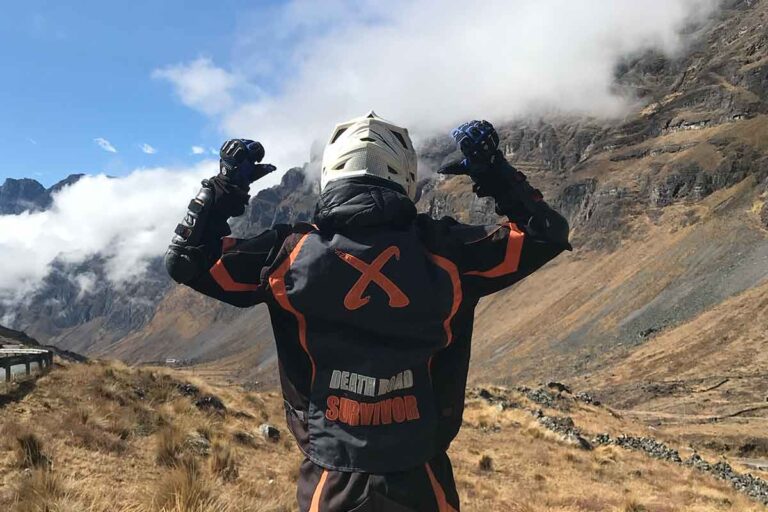Backpacking Ecuador Itinerary
Welcome to our backpacking Ecuador itinerary.
If you want to visit South America, you’ll find that Ecuador is one of the best options to consider.
Ecuador is a beautiful country that attracts all kinds of tourists; whether you’re looking for adventure or leisure, you’ll find plenty of options to enjoy your time in the country.
Backpacking Ecuador Itinerary
The culture is very rich, the people are warm, and there are many wonderful places to discover.
This guide is designed to give you tips to help you narrow down all the options and start to plan your own Ecuador itinerary!
Is Ecuador Worth Visiting?
Famed for its volcanic landscapes and stunning coastline, Ecuador is actually one of the most bio-diverse countries on the entire planet!
With its portion of the steaming Amazon jungle, a stretch of wonderful beaches and some of the tallest Andean peaks on the continent, Ecuador is one of the best countries to visit to get the best, all-round experience of South America.
BLATAM backpacking data:
- 💰 Currency: US Dollar
- 🇪🇨 Language: Spanish
- 🌎 Population Size: 217.7 Million
- 📍 Best Secret: Ayampe
- 🍴 Eat: Encebollado
- 🥛 Drink: Canelazo
- 💸 Average Daily Budget: $20-25
Is Ecuador Safe?
Many people wonder if Ecuador is a safe place to visit and that’s warranted given that South America has earned a reputation for crime. However, you have nothing to worry about.
Our basic tips for safety in Ecuador include:
- Leave the bling at home.
- Store your valuables in the hotel or hostel safe, such as passports, important documents, etc.
- Don’t carry these things with you when you’re out and about.
- Use a money belt for your cash.
- Carry a copy of your passport and only the cash you need when going out.
Ecuador is safe to visit as long as you practice common sense and take certain precautions to avoid petty crime.
If you have just arrived from backpacking Colombia you may feel slightly safer and relaxed here, but you still can’t afford to let your guard down.
To help you with your trip savvy, we will provide a few safety tips later on so you can prepare and enjoy the country without any issues.
Ecuador Safety Facts
- The best way to evaluate safety is by looking at the 2020 Global Peace Index. This measures the state of peace of each country in comparison with the rest of the World, by evaluating both tangible and qualitative indicators.
- Ecuador ranked as 90th out of the 163 nations measured, which is similar to that of Cuba and Angola. For comparison, The United States ranked as 121st.
- Like most Latin American countries, Ecuador has some parts that are safe and some that are a lot rougher around the edges. Touristic destinations such as Baños, Cuenca and Montañita are quite safe, as there is an increased police presence to help keep tourists’ experiences in these areas relatively trouble-free. Quito, on the other hand, needs to be treated differently.
- The capital has quite a lot of poverty, especially in and around the historic center which is one of the more popular areas to stay. If staying here, avoid going out alone after dusk and also make sure you know where you are walking as petty crime against tourists is common here.
- Another thing to mention is there seems to be more of a problem of theft in bus stations in Ecuador, so never let your guard down or leave any belongings unattended, even if for just a few seconds.
Ecuador Backpacking Itinerary
There are so many places to visit in Ecuador, but some of them deserve your immediate attention. Here’s a list of the top 6 places you simply can’t miss!
Guayaquil
Did you know that Guayaquil is the largest city in the country and it’s the commercial heart located on the banks of the Guayas River?
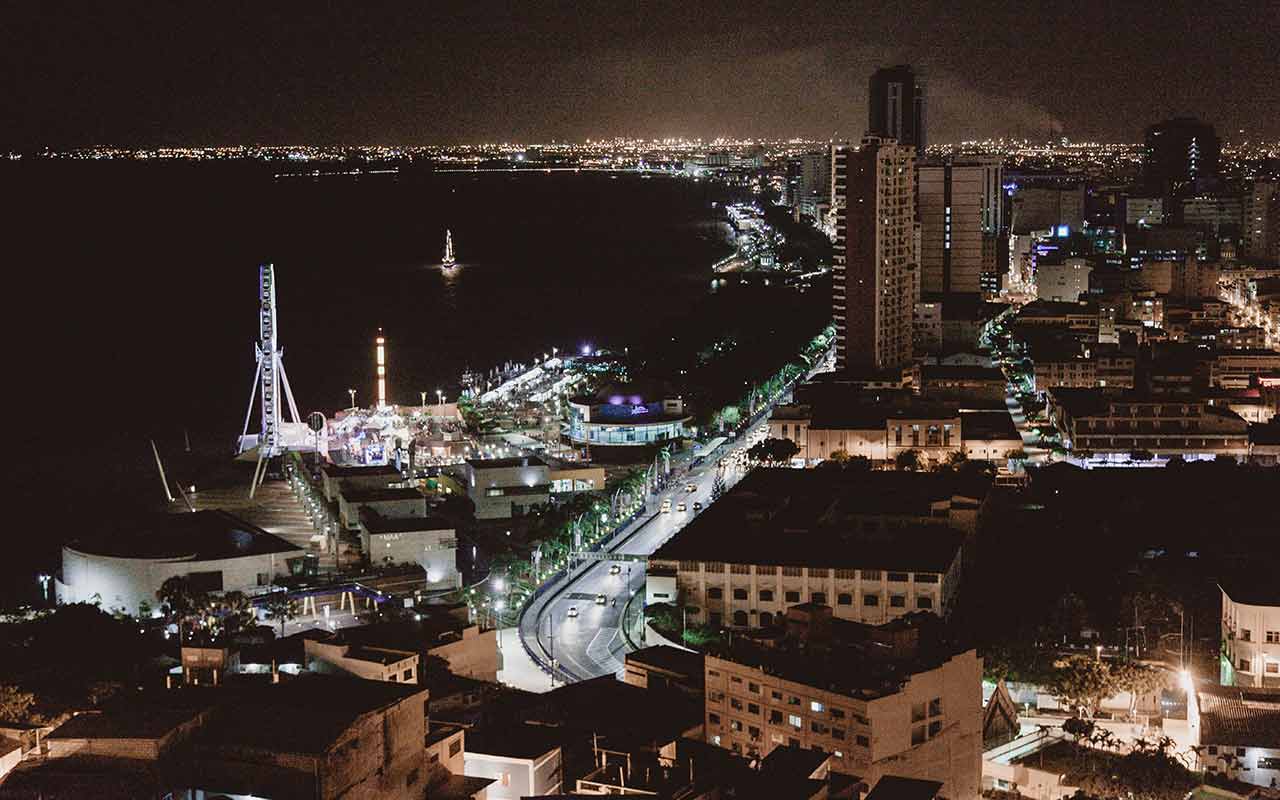
A lot of landmark attractions are in Guayaquil and you can spot them through a half-day guided sightseeing tour to know more about each spot’s history. There’s a lot to see here, so it’s worth a visit!
You can go to the Parque Histórico de Guayaquil where nature is combined with the rural and the urban.
Admission is free and you’ll be able to see beautiful colonial architecture, and incredible gardens, and be in touch with the local wildlife.
You can also visit Las Peñas, a colorful neighborhood, walk along the boardwalk, and much more.
Salinas
Salinas is located on the Pacific Ocean, so it’s a popular destination among surfers and yachters.
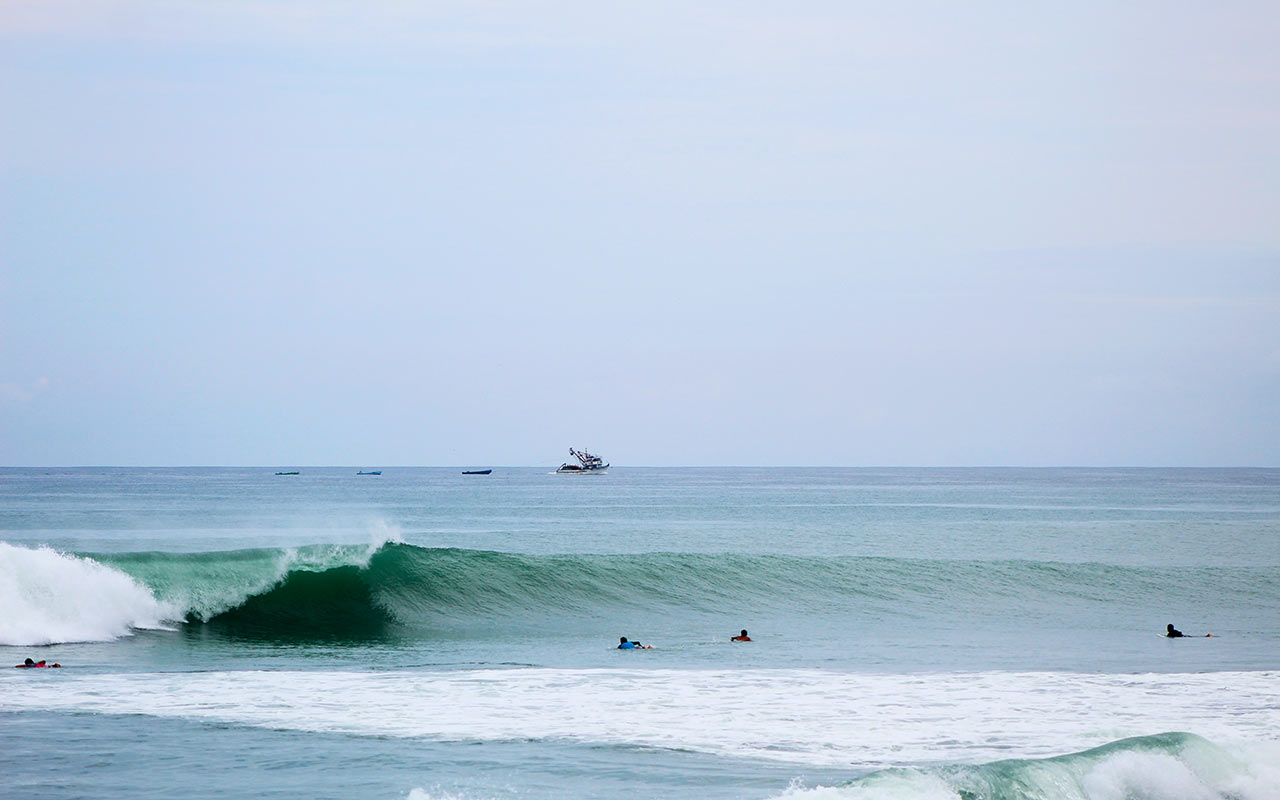
It’s the most well-known beach resort in the country and there are amazing beaches where you can relax or enjoy your favorite water sports.
There are many high-rise condominiums along the shoreline, so it’s a luxurious spot. La Chocolatera is one of the highlights and it’s the beach where turtles lay their eggs, but you need permission to enter.
The Galápagos Islands
The Galápagos Islands are one of the major highlights of Ecuador because they are intriguing and exciting.
The islands are a UNESCO World Heritage Site and they have a unique ecosystem that’s home to a great variety of wildlife you’ll be able to view.
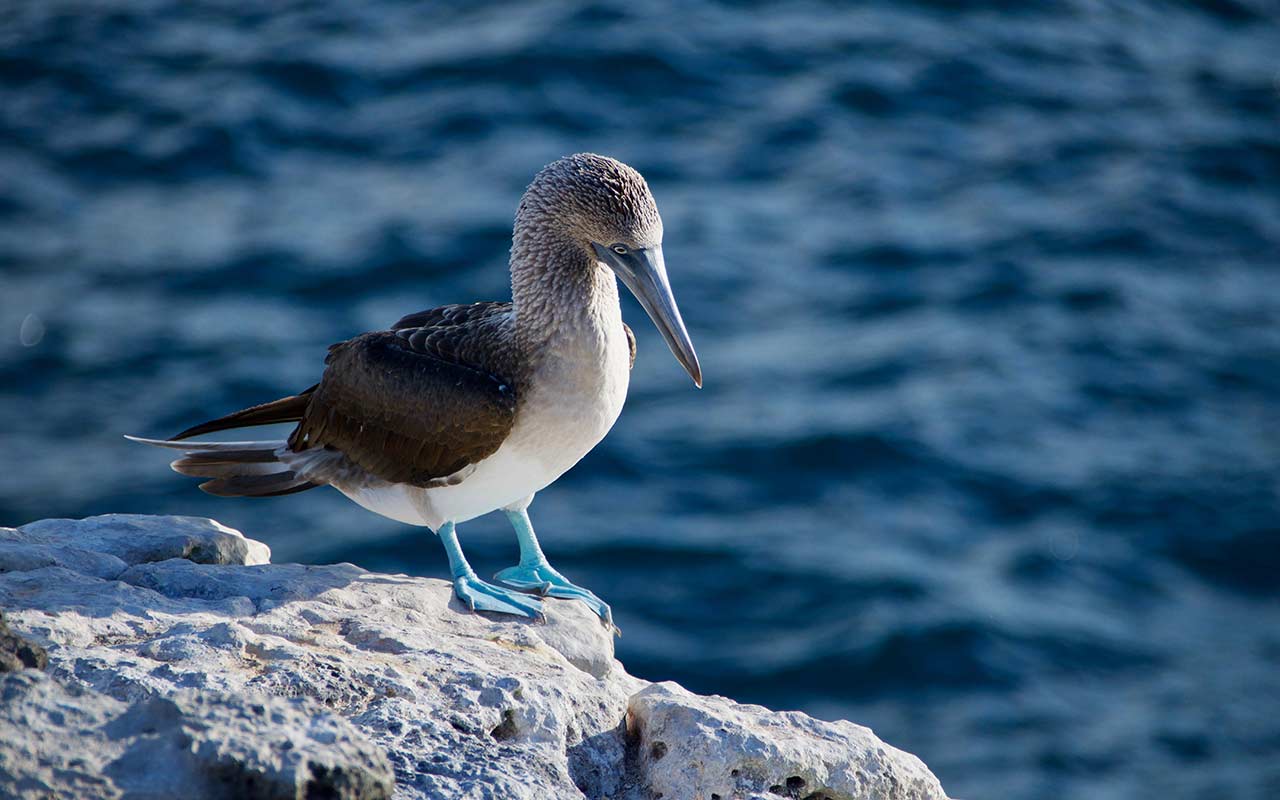
There’s plenty to see, but don’t forget to visit the Charles Darwin Research Station on Santa Cruz Island!
If you have the time (and the resources), take a multi-day tour to see the Galápagos Islands – a tour worthy especially for nature enthusiasts!
The main attraction is the wide variety of bird species, so bird watchers will have a great time. It’s also one of the most active volcanic regions on earth!
When doing galapagos cruises though, make sure you select the right type of vessel for you. This will all depend on the which cruise operator you choose.
Nariz del Diablo
Nariz del Diablo is worthy of any bucket list.
This is a particularly interesting part of the Andes mountains and the best way to enjoy it is to get on the superbly restored railways, which take you through some of the most scenic locations in the country.
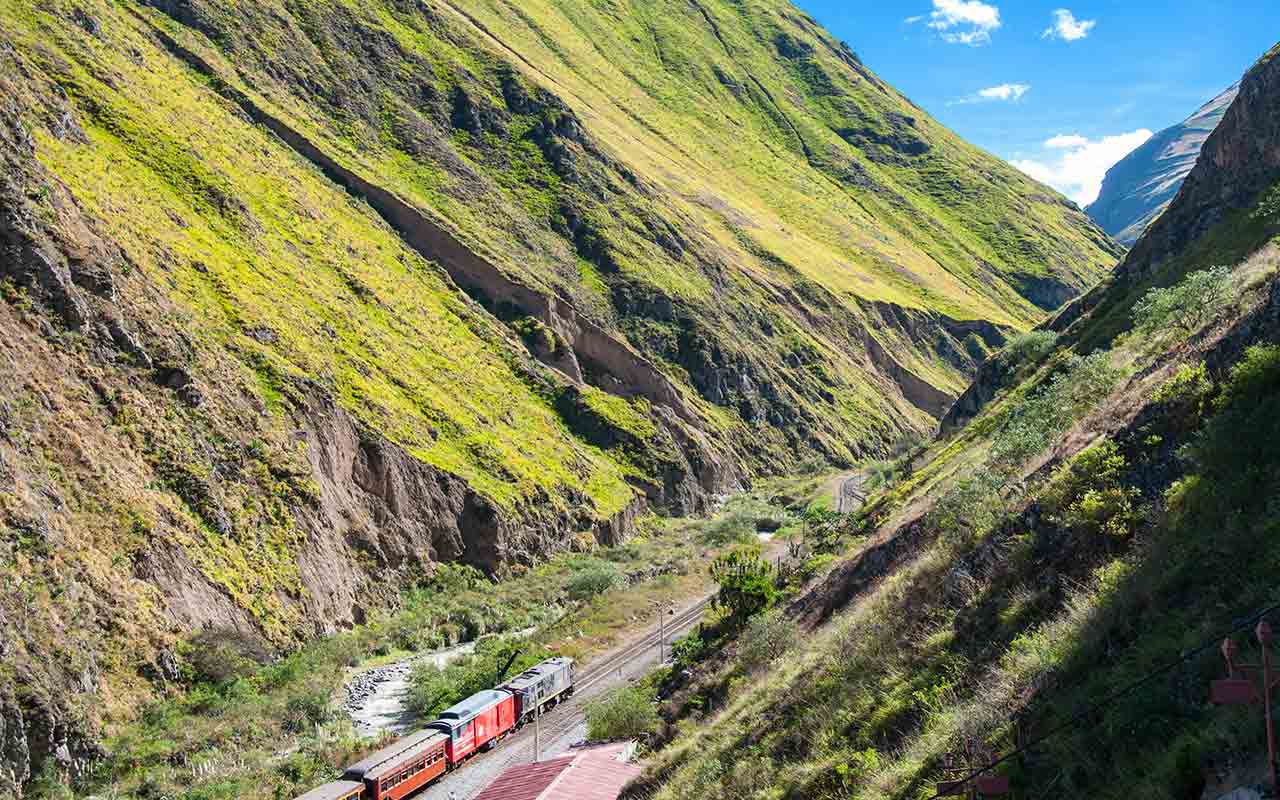
Even if you don’t particularly like trains, you will enjoy Nariz del Diablo, which is a popular 12-kilometer return trip that provides unforgettable sightseeing opportunities.
Given you’ll be out for the whole day (like with most of the trips you will take in Ecuador), be sure to bring this solid power bank to keep your phone and camera charged.
Otavalo Market
Otavalo is a picturesque town and the main attraction is the Otovalo Market, which is one of the largest markets in all of South America, so it’s definitely worth a visit.
You’ll have access to a wide variety of products made by the indigenous people of the town, including leather goods, indigenous costumes, wool products, tagua nut jewelry, and more.
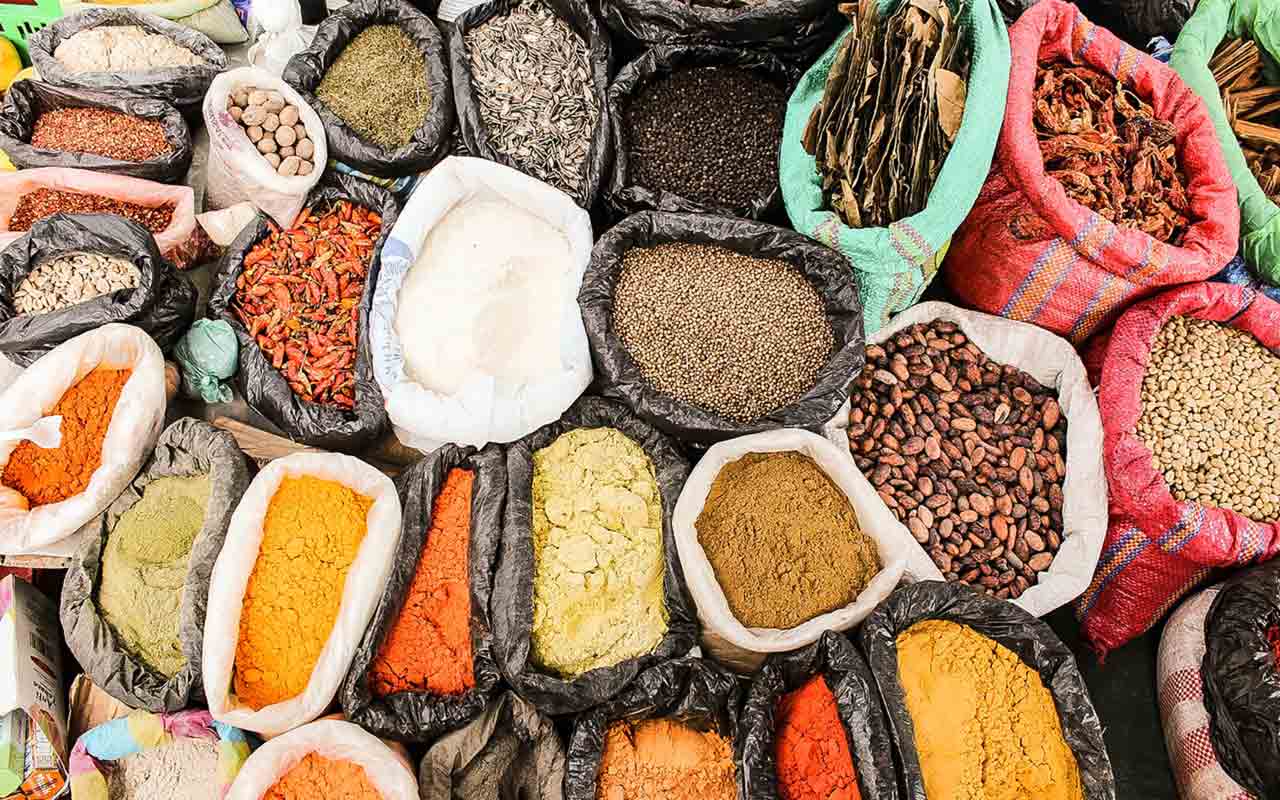
Why not go one level deeper to learn about this attraction by trying a small group market tour if you plan on visiting from Quito with a group?
If you visit in June, you’ll be able to enjoy the Festival of the Sun, which is a music festival where local musicians showcase their distinctive talents.
Tena
Last but not least, we have Tena, which is the cinnamon capital of the country.
There are many opportunities for adventure here, which is why it’s becoming quite popular among tourists.
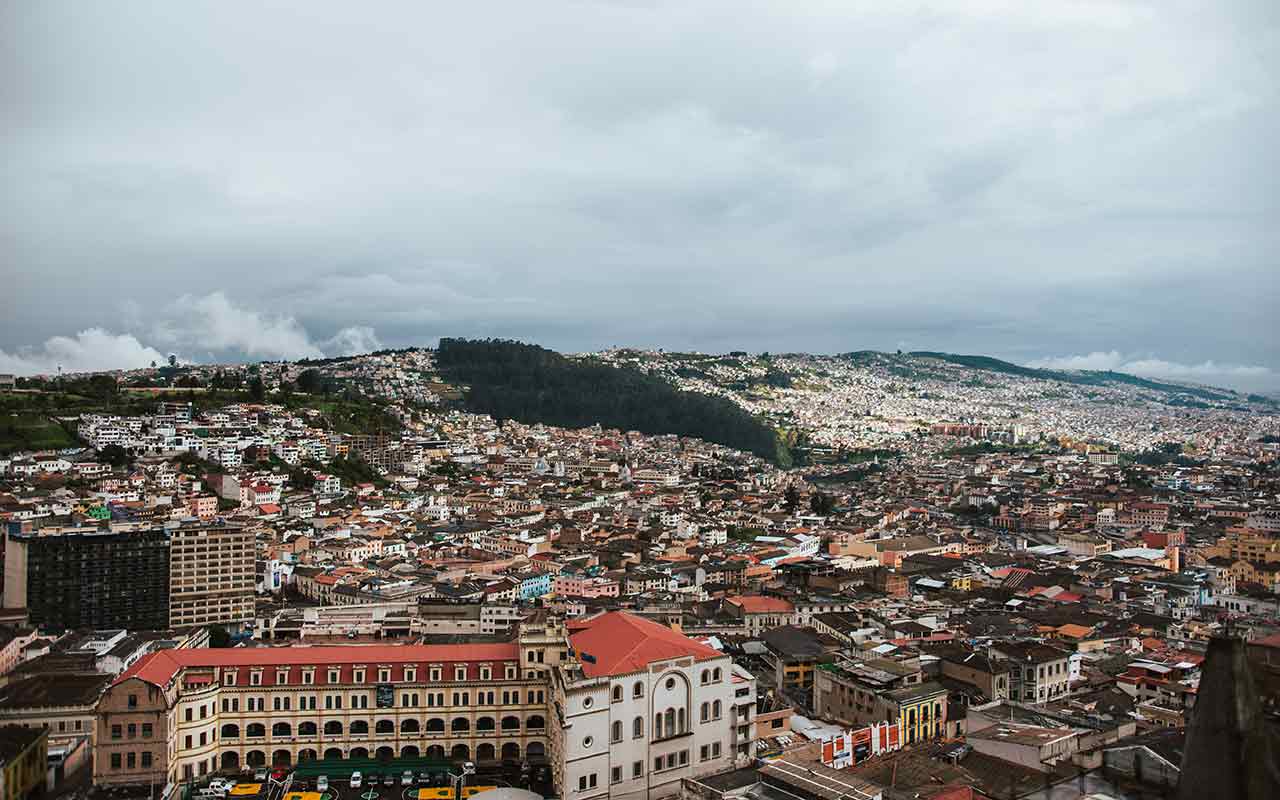
You can enjoy excursions into the Amazon forest, take river journeys, and have fun canoeing, kayaking, or whitewater rafting.
There’s also an amazing pedestrian bridge above the Tena River that provides breathtaking views of the entire city.
Backpacking Ecuador (2 Weeks)
Below we’ll cover our best Ecuador itinerary. As well as keeping an eye on time, it’s also been designed to keep things fresh and exciting too for you.
Montañita (Days 1-4)
How does a picturesque Pacific beach destination sound to kick-off your trip in Ecuador? To start we’ll first fly into Guayaquil (which is pretty well connected internationally), and then take the 3 hour bus to reach Montañita.
This small beach town is the ultimate place to chill out, surf, learn Spanish, or party up at some of the biggest clubs on the continent. Spoiled for choice might we say!
Surfing is a popular activity to do here with Montañita’s perfect endless waves, and you can rent a board on the beach for as little as $5 an hour.
Another one of the cool things to do in Montañita is to visit the Valdivia Pre-Columbian Museum, which is known for its large collection of ceramic objects and artefacts.
We also recommend exploring some of the smaller towns along the Pacific coast, which make for perfect day trips. Puerto López is one, where you can head on a boat tour to the picturesque Isla de la Plata, which is home to many Seals, Turtles and Tropical Birds.
Ayampe is forever another popular choice, with a much more bohemian feel and relaxed nature compared to Montañita (a good option for those who want more peace come the weekend!).
Cuenca (Days 5-7)
From Montañita we’ll now leave (it’s hard we know… but we promise it’ll be worth it) to Cuenca. First we’ll take a bus to Guayaquil, and then onwards to Cuenca (around 6 hours in total).
Arguably one of the most visually stunning cities in South America, Cuenca is absolutely gorgeous with its abundance of colonial architecture, chill plazas and the surrounding mountainous landscape.
We recommend walking around the Plaza Abdon Calderon, where you can marvel at some awesome landmarks such as the Seminario San Luis, as well as the Catedral de la Inmaculada Concepción de Cuenca.
There’s also a tonne of interesting museums to see here, with our favourite being Pumapungo (it’s also home to some ancient ruins on-site too).
Cuenca is also located close to the Cajas National Park, which is full of stunning sceneries and off the beaten path nature trails. We recommend spending either half a day or a full day here, where you can spot beautiful flora endemic to the region, as well as animals such as Coatis and Porcupines.
We recommend heading on this awesome tour, where your private (and knowledgeable) guide will show you around. You’ll also have all transportation included too!
Baños (Days 8-10)
Departing Cuenca, we’ll now jump on an 8 hour bus to Baños. Located in the mountains, this small town is one of the most popular destinations to visit in Ecuador, and for good reason too.
The town itself is quaint and charming, and much safer than many other parts of the country. From here you can head up to the Mirador Las Antenas for the best views of the town.
For adrenaline-seekers, be sure to take a ride up to the Casa de Árbol, and launch yourself on the The Swing at the End of the World. Those who want an extra thrill can also go Paragliding too.
The absolute must-do whist here is a visit to the Garganta del Diablo. This monster of a waterfall is set within the deep jungle, and there’s many different hanging bridges and ledges to explore for the perfect snap.
Don’t forget your Water Purifier & Filter Bottle!
Quito (Days 11-15)
Last but not least we now head to Quito – the sprawling Ecuadorian capital. To get here we’ll take a bus from the bus station in Baños, which takes around 7 hours in total.
Quito can be quite an assault on the senses, which may be good or bad depending on what you’re looking for. For those looking for a more local experience (close to all the best sites) then you’ll want to stay in the Centro Histórico.
For a more safer area with good restaurants and nightlife options, head to Plaza Foch. Inside of Quito, some of the best things to do include ascending the highest Teleférico in the world, and also exploring its rich architecture (the Basílica and San Francisco Church being the most notable).
The capital is also a great place to base yourself for some cool day trips. Cotopaxi is one of the most visually stunning volcanoes in South America, and you can take a day tour there (or multiple if planning to summit the 5897m beast).
Another must-do is to head to Otavalo, which is home to the largest open market in all of South America. Head here on a Sunday, where you’ll have even more endless stalls selling literally anything you can think of.
And that’s the end of our 2 week Ecuador itinerary. From Quito you can easily take an international flight back to wherever you flew in from. Alternatively, you can take the bus north into Colombia for you next adventure.
Now let’s move on to our most important tips, so you can have the best experience possible here.
Ecuador: Travel Safety Tips
Traveling to Ecuador is safe but you still need to take a few precautions.
⬇️ Below you can find a list of our top recommendations for Ecuador:
- Remember that learning some Latin American Spanish before you arrive to Ecuador can help you in many situations.
- Pick-pocketing and petty theft is a problem for many who are backpacking Ecuador, especially in the capital Quito. Our tip is to keep your backpack on your front, and all personal things such as wallets in front pockets, where there’s less chance of anything being stolen.
- Look out for the top rated hostels in Ecuador for the most comfortable rooms and meeting like minded people etc.
- Ecuador is well-known for its variety of delicacies, many of which come from the indigenous people in the mountains. Be sure to try out Seco de Chivo, Llapingachos and also Inca Kola, the Latin version of Irn-Bru!
- Quito is full of trendy bars. We recommend Dirty Sanchez and Naranjilla Mecanica. Montañita is by far the go-to for nightlife in Ecuador, with loads of bars lining the beach and antics almost every day of the week.
- Don’t flaunt your mobile devices in public and hide them from sight when you’re not using them.
- Be alert and conscious of your surroundings.
- Cotopaxi Volcano, Baños, Otavalo Market, The Galápagos Islands. See this list of top rated tours that you can join while in Ecuador
- If you don’t feel right in a certain area, trust your instincts and leave or go into a shop or a cafe and ask for guidance.
- Ask the hotel staff and locals for recommendations.
- Do your research in advance to avoid rough areas.
- Don’t walk alone at night.
If you follow these tips, you will reduce your exposure to some of the most common risks for tourists and you’ll be able to enjoy your time in Ecuador.
Traveling Around Ecuador
If you want to have a more authentic trip, you might be considering exploring Ecuador by bus.
That’s a great idea, but you should take a few precautions to stay safe.
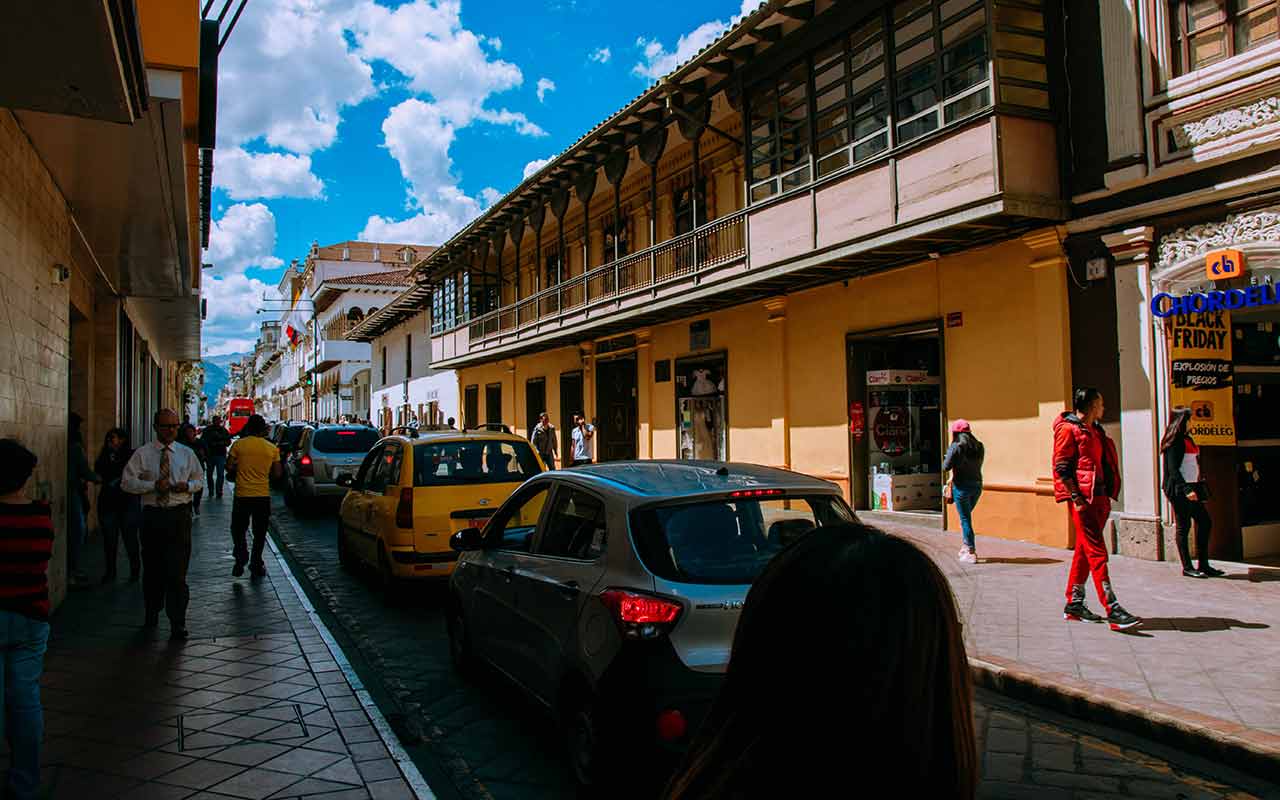
For one, always keep your bags on sight, whether that’s across your chest or in front of you. Pickpockets prey on people on buses, so be alert.
Avoid peak travel times and rush hour, so always head out early and head back in the late afternoon to avoid the crowds.
If you’re traveling between cities, keep your small luggage on you along with valuables and let them store large luggage under the bus, just don’t store anything in overhead compartments.
Best Time to Visit Ecuador
We’ve spoken a lot about the best time to visit South America on this blog (George is absolutely obsessed with checking the weather when we travel).
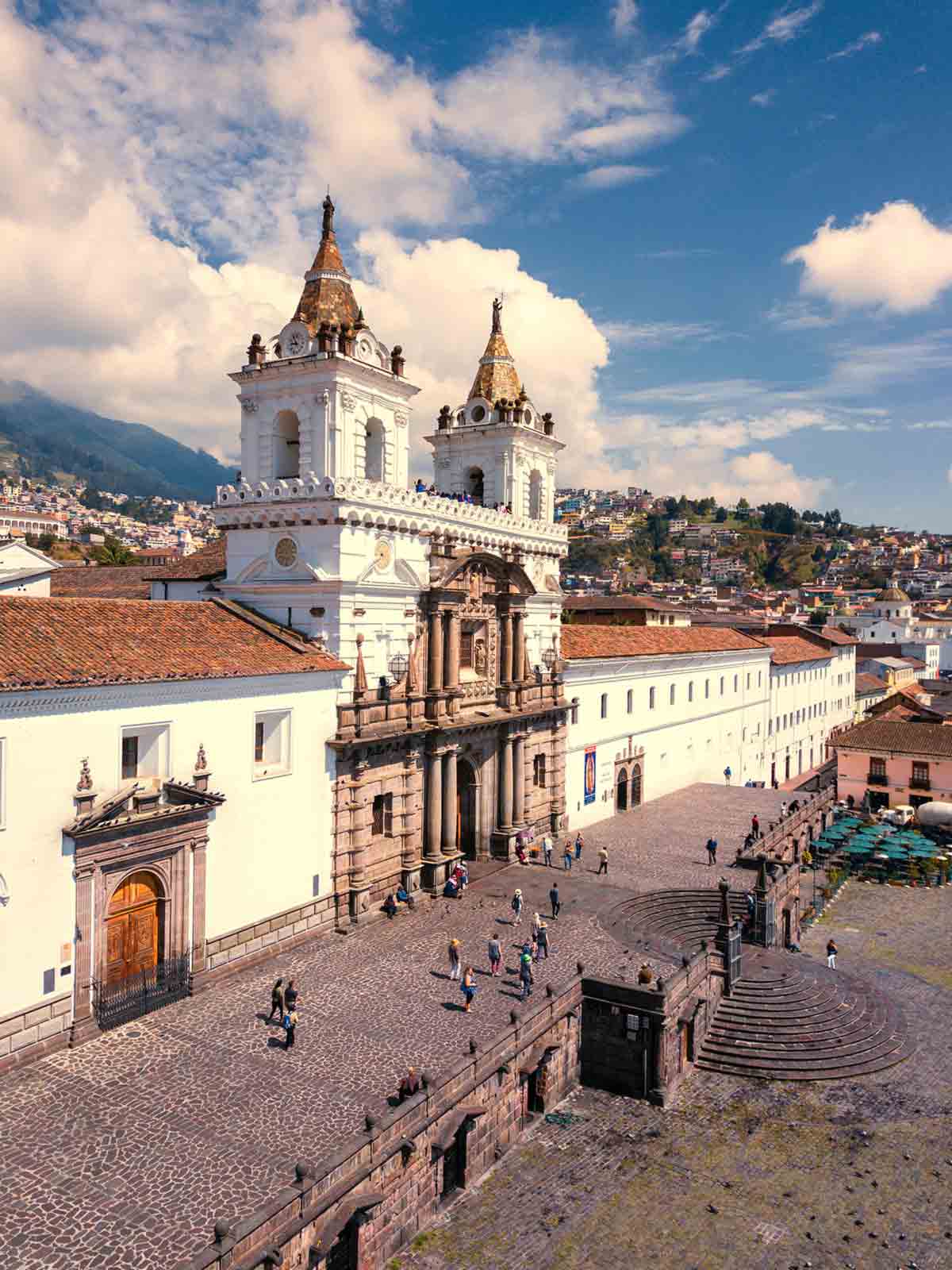
Ecuador is home to various micro-climates that range from the coast, to the Sierra and the jungle. We’ll do our best to cover these below now.
The Sierra and Andes region includes high-altitude destinations of Quito and Cuenca. Both have average temperatures that rarely fluctuate throughout the year (a common theme in Ecuador due to its position along the Equator).
Daily temperatures range from 66-70°F, although at night it can get quite chilly due to the changes in the mountain air. In Quito, the driest months to visit are from June until September (with July the driest month of the year), with around 30-60mm of rainfall throughout each month.
The rest of the year sees a dramatic increase of 110-180mm of downpour for each month (April being the wettest).
The Pacific coast stretches along the western portion of Ecuador, and is renowned for high tempratures ranging from 84-88°F throughout the year.
Rainfall is a lot more dramatic and extreme here along the coast. June until November is the driest time to visit, with a tiny 0-5mm of trickle for each month. From December onwards, it gets pretty wet with anywhere from 150-220mm of downpour falling for each month.
Lastly, in the Amazon jungle the average temperatures range from between 82-86°F throughout the year. It can and quite often does feel hotter as it can get very humid here, especially during the rainy season. Regardless of when you visit you’ll need a reliable poncho to keep you dry.
Regarding rainfall, it will be pretty wet regardless of when you decide to visit, although some months are heavier than others.
January and August are the (least) wet months to visit, with around 180-190mm of rainfall for each. The rest of the months of the year range from a pretty wild 240-360mm of downpour, with June on average the wettest month to visit the Ecuadorian Amazon.
What to pack for Ecuador
As we’ve seen, Ecuador has many different micro-climates that need to be taken into consideration when planning a trip here. Now we’ll look at what’s best to pack on a trip to this awesome South American nation.
If you’re planning on visiting the entire country, then make sure to bring lots of layers for when heading up to the higher altitude, Sierra regions.
It can get pretty cold at night here, which is quite misleading due to the warm and comfortable day-time temperatures.
The rest of the country is pretty hot, so make sure to bring lots of light and comfortable layers too. Depending on when you visit, you may need to take a good water-proof jacket as rainfall can get quite heavy some times of the year.
As well as the above, you’ll also want to pack all the essentials which include toiletries, a document holder, towels, a water bottle as well as a sturdy daypack for any excursions you’ll be taking part in.
Got travel insurance for Ecuador?
Backpacking Ecuador: Final Words
Ecuador is truly a beautiful and interesting place to visit.
There’s so much to discover and enjoy, but this itinerary narrows it down to the essentials.
Refer back to it before and during your trip so you don’t miss a thing!
See our full backpacking South America guide for more tips!
👉🏽 P.S. If you’ve found this guide helpful, buy us a coffee here to say thanks! Or, support us by downloading our South America Travel Bible to get our best content.
“Dear traveler! Some links in this post contain affiliate links. Meaning, if you click through and make a purchase, book a hostel or sign up for a tour, we may earn a small commission at no additional cost to you. Your support means a lot and helps us to carry on traveling and maintaining the quality of this site for you.”

